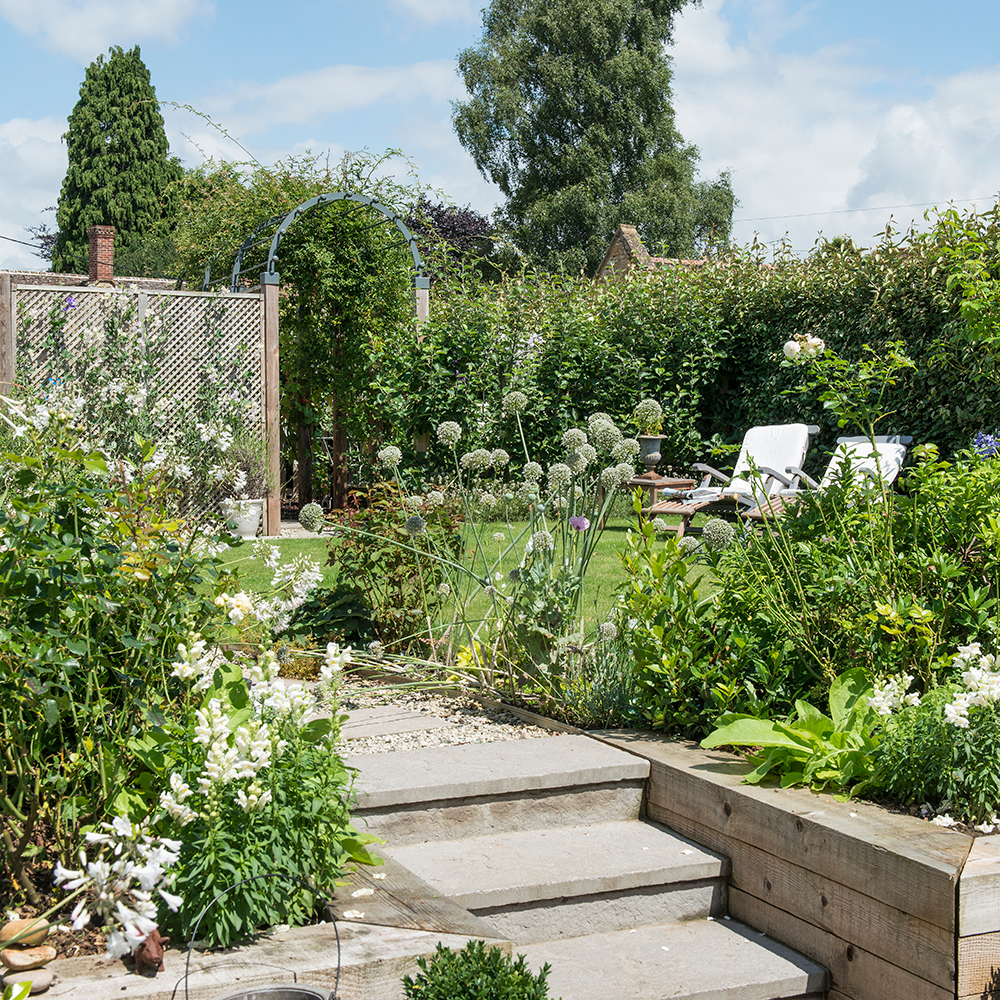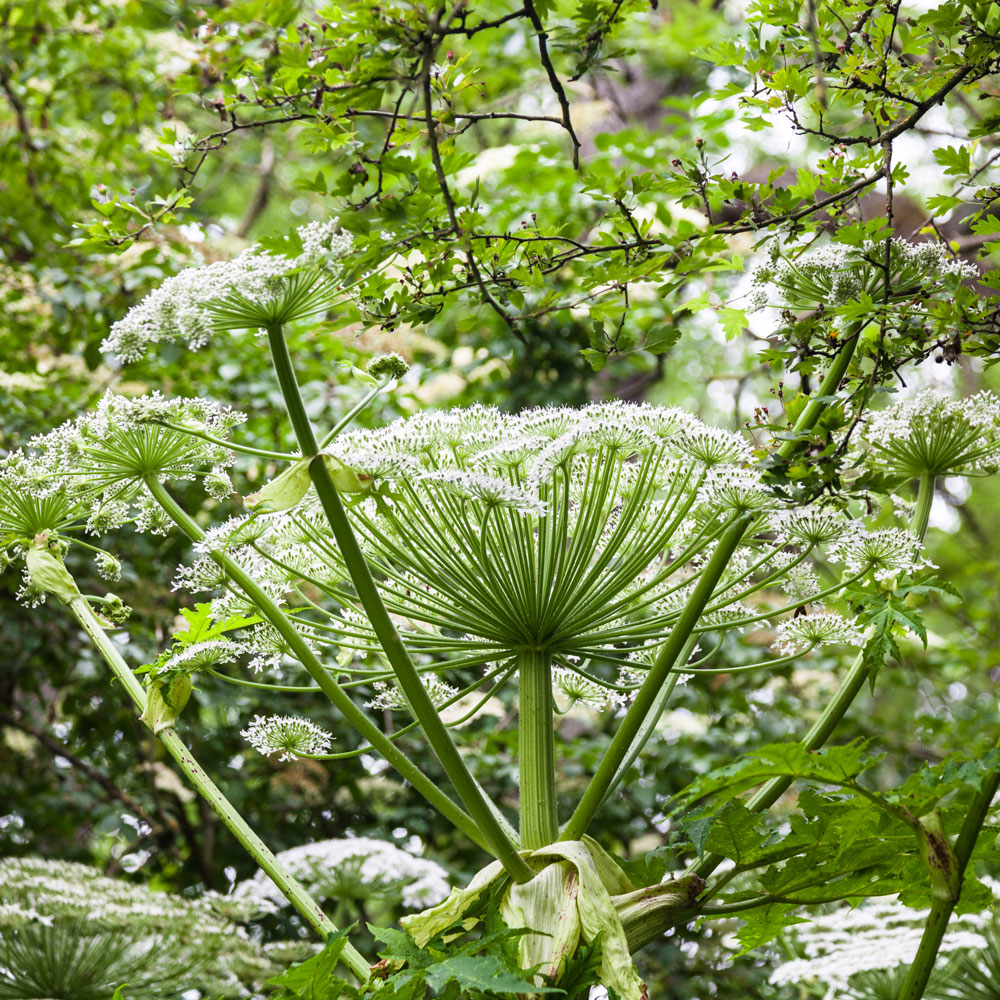Could the dangerous and invasive plant that's NOT Japanese knotweed be lurking at the bottom of your garden?
Hazards and horticulture are a pairing we don't often see
Non-native invasive species can cause mayhem in our gardens. And while Japanese knotweed is the first item in this category that usually springs to mind, and is notoriously difficult to get rid of once it takes root, there is another potentially dangerous plant that could impact both our outdoor spaces and our health.
More garden advice: 5 top tips to help boost your gardening skills
Giant hogweed is found in many parts of the UK, and this tall flowering plant – easily identifiable by its clustered white florets – usually appears between spring to autumn and spreads by seed, usually within 4m of the host plant.
If your garden or allotment is bordering woodland, heathland or common land that has a giant hogweed infestation, your outdoor space may potentially be vulnerable.

Explaining just why homeowners should be wary of this common plant and explaining the consequences of coming into contact with it, Mark Sage, Head of Horticulture at Wyevale Garden Centres said:
‘Hogweed, or the more publicised relative of giant hogweed, should be approached with extreme caution. Not only are all forms of hogweed a source of skin irritation causing severe irritation when combined with sunlight, but hogweed is renowned for its invasive nature and can easily become established in large areas outcompeting other plants.
'Similar to Japanese knotweed, there is legislation in place for giant hogweed due to the undesirable impact of its presence.'
Sign up to our newsletter for style inspiration, real homes, project and garden advice and shopping know-how

There are a number of legal ramifications for homeowners in relation to giant hogweed. Schedule 9, Section 14 of The Wildlife and Countryside Act 1981 (as amended) relates to cultivating giant hogweed. It reads as follows:
'If any person plants or otherwise causes to grow in the wild any plant which is included in Part II of Schedule 9 [which lists Hogweed, Giant], he shall be guilty of an offence.'
In 2013 the government also decreed that anyone who fails to control invasive weeds, including giant hogweed, could be subject to an anti-social behaviour order. If either of the above occurs homeowners may be required to remove this plant species from their land.
Expanding Mark Sage revealed:
'There are a number of effective controls which can be undertaken although early physical control by removal is the most effective. The plants should not be allowed to flower and set seed to limit their spread and chemical control can be undertaken although severe infestations especially of the giant hogweed is best undertaken by professionals. Cultivation of this plant should be avoided.’
Specialist firm Invasive Weed Solutions estimates that treatment costs for giant hogweed can start from £380.00 + VAT, but naturally this will depend on scale of your giant hogweed problem.
Transform your garden: Six garden improvements that will boost your home's value and bring in the buyers
Have you encountered problems with giant hogweed?